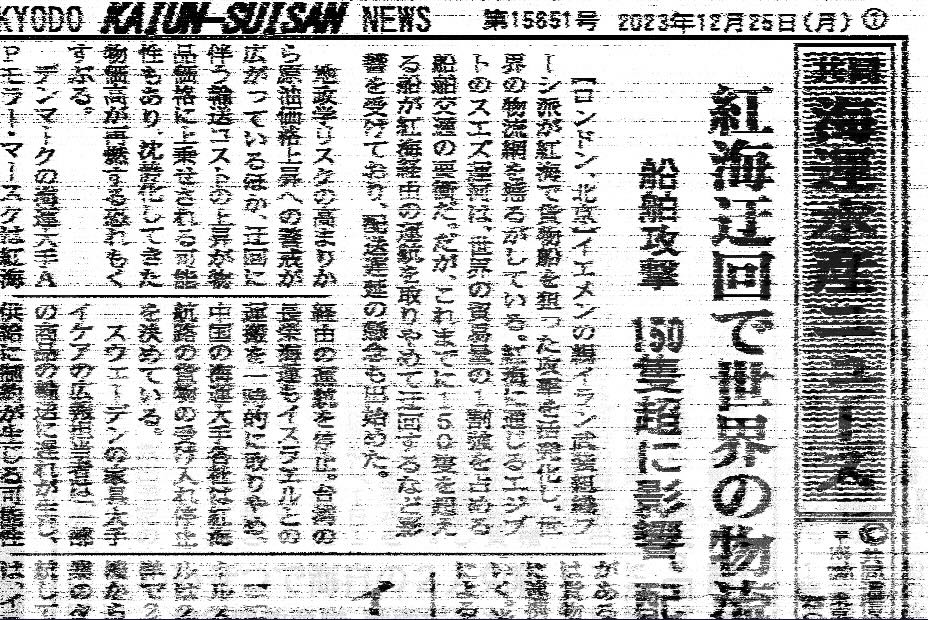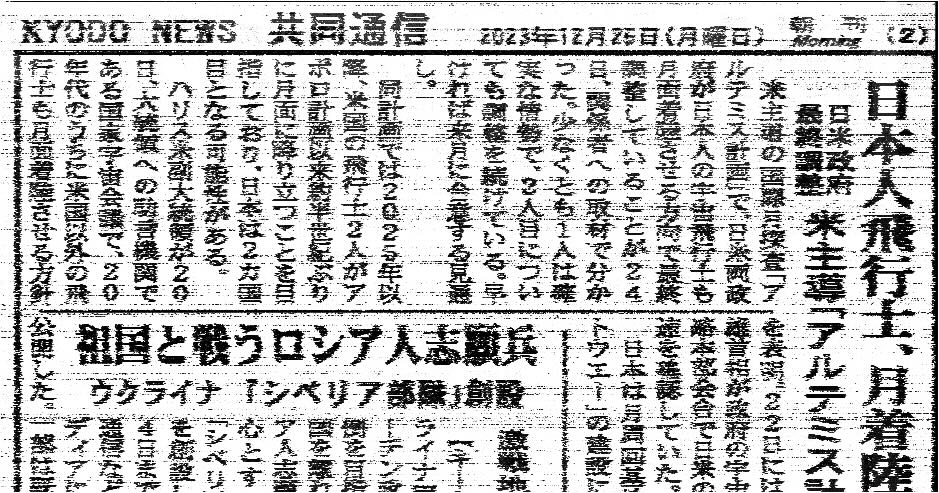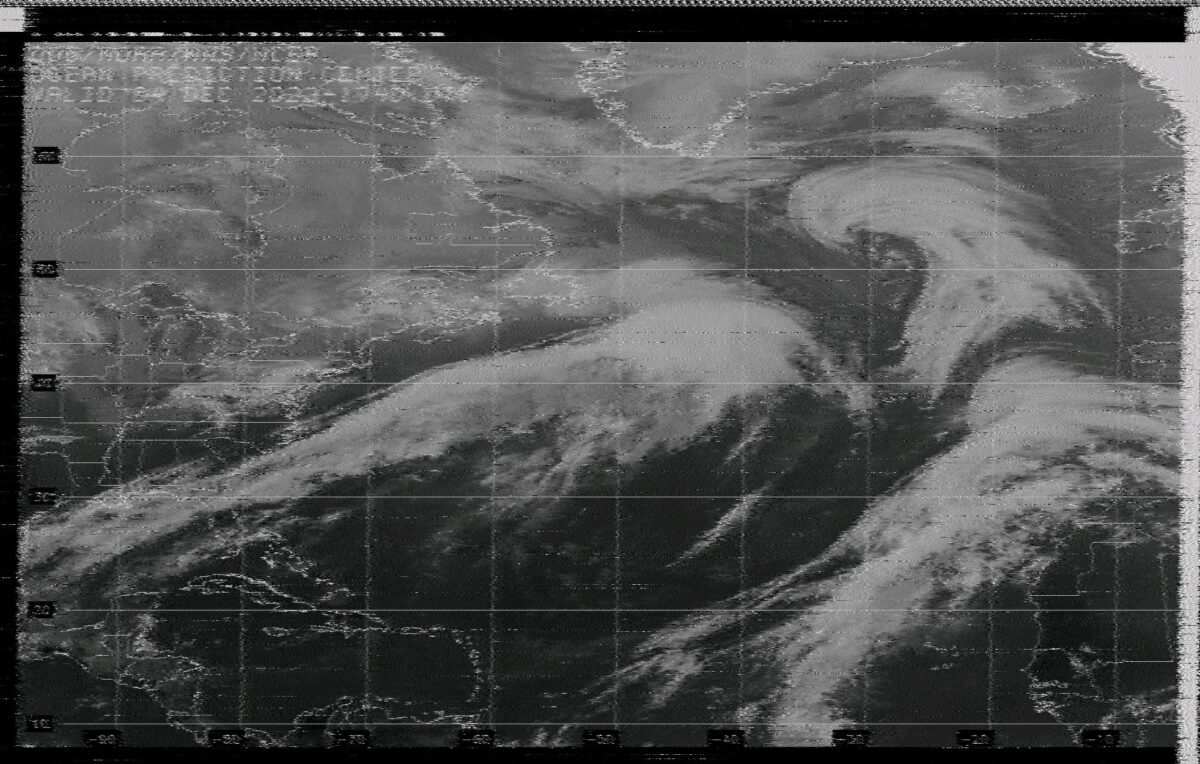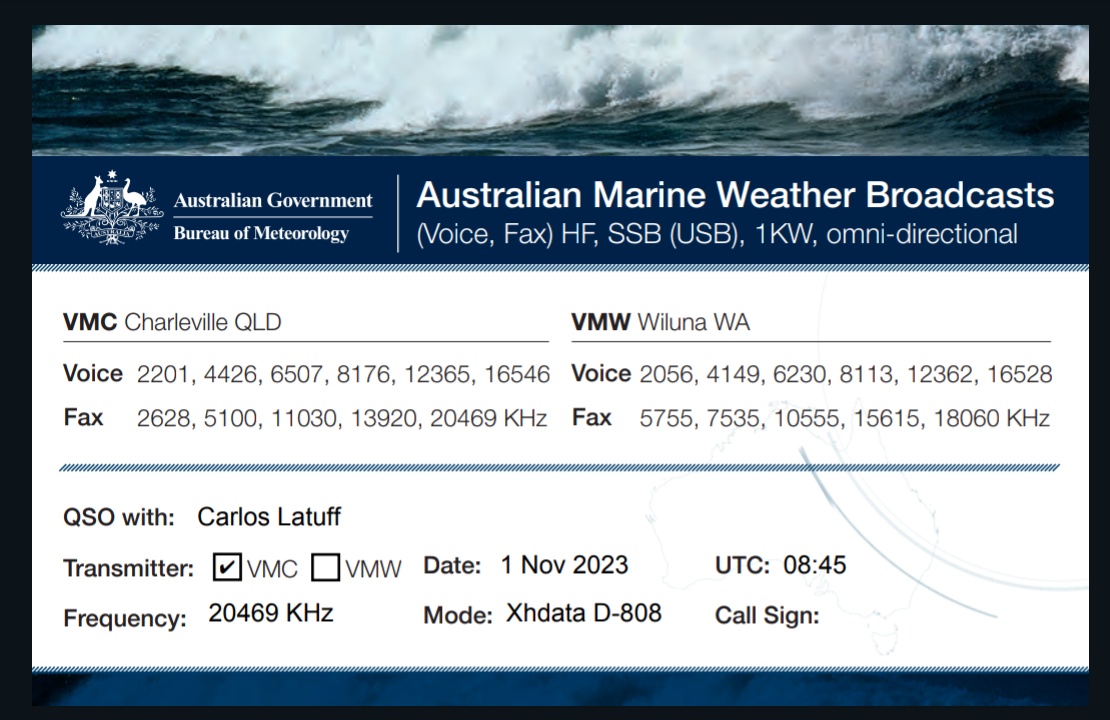 Many thanks to SWLing Post contributor, Carlos Latuff, who shares the Radiofax news report (above) from Kyodo News Agency and his amazing artwork (below) detailing the news and his Radiofax reception:
Many thanks to SWLing Post contributor, Carlos Latuff, who shares the Radiofax news report (above) from Kyodo News Agency and his amazing artwork (below) detailing the news and his Radiofax reception:
Thank you, Carlos!

 Many thanks to SWLing Post contributor, Carlos Latuff, who shares the Radiofax news report (above) from Kyodo News Agency and his amazing artwork (below) detailing the news and his Radiofax reception:
Many thanks to SWLing Post contributor, Carlos Latuff, who shares the Radiofax news report (above) from Kyodo News Agency and his amazing artwork (below) detailing the news and his Radiofax reception:
Thank you, Carlos!
 Many thanks to SWLing Post contributor, Carlos Latuff, who shares the Radiofax news report (above) mentioning that a Japanese astronaut may step on the surface of the Moon for the first time, under a U.S.-led lunar exploration program. Click here to read a full news article.
Many thanks to SWLing Post contributor, Carlos Latuff, who shares the Radiofax news report (above) mentioning that a Japanese astronaut may step on the surface of the Moon for the first time, under a U.S.-led lunar exploration program. Click here to read a full news article.
Carlos also included this amazing artwork he created commemorating the news and his Radiofax reception:
As always, thank you so much for sharing your artwork and your radio adventures with us, Carlos!
Many thanks to SWLing Post contributor, friend, and political cartoonist Carlos Latuff, who shares the following guest post:
by Carlos Latuff
Back in the 90s, I used the fax machine a lot, I even had one in my house, sending messages and cartoons to my clients and even to live TV shows (see the video example below). Lots of fun!
But for me, the fax only worked through the phone line.
It was only in 2020, during the covid-19 pandemic, that I, by chance, during one of my radio listening sessions, came across a strange signal that I would only later discover was a radiofax.
It was then that I realized that several meteorological agencies around the world broadcast synoptic charts and satellite images to vessels on the seas by radiofax, and that there was a Japanese news agency (the only one left in the world) that broadcast daily news to fishing boats and cargo ships: Kyodo News.
I was fascinated by that!
And I started tuning to the frequency of 16971 kHz USB (16970 in fact, to properly receive images) using basically my Xhdata D-808 and its telescopic antenna (now I use a 3-meter long wire antenna).
All the weather agencies I know broadcast at 120 lines per minute, while Kyodo News broadcasts at 60 lines. When I used to have a laptop, I had programs installed where I could adjust this cadence, like MixW, however, using an Android cell phone, the only application that works for radiofax is HF Weather Fax, which only decodes at 120 lines per minute (I had some problems with the app, which, being old, sometimes generated conflicts with Android and crash suddenly or even didn’t even open. Another bug is that after around 40 minutes of continuous decoding, the app stops). When you receive a radiofax at a rate of 60 lpm and decode it at 120 lpm, it’s as if you cut the image in half, vertically, and joined the two parts into one, mixing the letters.
I noticed that, when enlarging the image with my fingertips on the surface of the cell phone, while receiving the radiofax, I was able to see the right and left side of the image at a time, in an effect known in graphic arts as “moiré pattern”.
So, using HF Weather Fax I cannot download a Kyodo News radiofax in full (except when I receive the bulletin in English, the only time Kyodo News broadcasts in 120 lpm), but I can view parts of it and make print screens. And with these prints, I open them on Google translator app translating from Japanese to English. If image is in good quality, the translation is perfect.
Results I got were obtained from radio listening in Porto Alegre, Tramandaí beach in Rio Grande do Sul, and Urca beach in Rio de Janeiro, all located in Brazil. The best time has been late in the morning/early in the morning.
I’ve already obtained digital QSL cards from some meteorological agencies, such as those in Germany, Australia and Kagoshima in Japan, but Kyodo News doesn’t even respond to my emails.
But the main question is: why go to so much work to receive news via radiofax when you can easily receive it on the Internet through the Kyodo News website–?
Firstly, I’m nostalgic, receiving these radiofax has a touch of the past that I like to remember. And second, I believe that with the advancement of new satellite data transmission technologies, it’s only a matter of time before radiofax disappears as means of communication for vessels on the high seas. This is already happening!
Remember the end of radiofax transmissions from the New Zealand meteorological agency MetService this year?
So I’m enjoying the radiofax, before it ends!
The following are reports from some of my listening/decoding sessions: Continue reading
 Many thanks to SWLing Post contributor, Carlos Latuff, who shares these recent Radiofax decodes on Twitter:
Many thanks to SWLing Post contributor, Carlos Latuff, who shares these recent Radiofax decodes on Twitter:
Hey Thomas my good man, have a look how good were the NOAA radiofax reception in Urca Beach, Rio de Janeiro, from USCG radio stations in Pt. Reyes, Boston and Honolulu:
Today, between 00h14 and 00h48 UTC, I received at Urca Beach, in Rio de Janeiro, #Brazil, radiofax from @NOAA broadcasted by @USCG in Honolulu, Hawaii, on the frequency of 16135 kHz USB. The only problem with this transmission is that the images were broken in some parts. pic.twitter.com/5geluA5eMv
— Carlos Latuff (@LatuffCartoons) December 5, 2023
Excellent propagation this afternoon at Praia da Urca, Rio de Janeiro, #Brazil, between 23h20 and 23h56 UTC, provided excellent reception of @NOAA radiofax transmitted from the @USCG radio station in Pt. Reyes, California, on the frequency of 22527 kHz. pic.twitter.com/w1zChefEmU
— Carlos Latuff (@LatuffCartoons) December 5, 2023
Gale warning issued today via radiofax by @NOAA for the Gulf of Tehuantepec, #Mexico.
Broadcasted by @USCG in Pt. Reyes, California, received at 22h14 UTC in Urca Beach, Rio de Janeiro, #Brazil, frequency of 22527 kHz USB. pic.twitter.com/ISmnMcMwM0— Carlos Latuff (@LatuffCartoons) December 5, 2023
Excellent propagation this afternoon at Urca Beach, Rio de Janeiro, #Brazil, between 21h15 and 22h02 UTC, provided excellent reception of @NOAA radiofaz broadcasted from the @USCG radio station in Boston, on the frequency of 12750 kHz USB. pic.twitter.com/m5o54U1tod
— Carlos Latuff (@LatuffCartoons) December 5, 2023
Earlier this week we posted a note from John who only recently took a deep dive into the world of Radiofax transmissions, inspired by Carlos Latuff‘s recent posts.
I mentioned to John that he’ll hone his skills the more he captures these Radiofax transmissions. John just sent the following update:
Thanks, Thomas!
Indeed you are correct.
Having more luck decoding the Boston service… remembered I have a Sony AN-LP1 external antenna and so I unpacked and unraveled it and plugged in to the D-808 … drop that noise floor and…
12179kc USB Fine Tune +50
Above is the best example I have so far with HF FAX.
I guess it’s rather easy to decode these overall once you get the noise floor down, and fine tune the signal. These transmissions can take several minutes to complete which allows for a great deal of fade during that time.
Here is the original version [via the OPC Mobile Website – Atlantic]:
Radio has filled my off-hours for the best part of 50 years now. I should no longer be surprised to find something I had overlooked like this that just adds to the fun and challenge of it.
72s and 3s.
John Johnson
N8ELK
Thank you so much, John, for sharing this with us! That is a brilliant decode, indeed!
Many thanks to SWLing Post contributor, John Johnson, who writes:
Well, based on this post from Carlos Latuff–QSL: Australian Radiofax Received in Brazil–I got interested in HF weather fax decoding. I asked how to do it and got an answer but did not find a linked post that would help.
So as usual a wikipedia is helpful: WEFAX – Signal Identification Wiki
Which led me to realize… I already owned the Black Cat Systems decoder in my iPhone, but alas had never tried to use it!
So I reinstalled the HF FAX program. It had been included in a package of iPhone ham software programs I had previously purchased. I then searched the frequencies linked here: Marine Weather Broadcasts from the USCG
And soon after on 12179kc on my D-808 around Noon eastern time on 11/4/23 was decoding my first partial wx fax from Boston, I believe:
I then started fine tuning the D-808 and as you can see the fax quality began to improve significantly…
Alas the signal ended very abruptly, before I could perfectly tune it… I never received a complete fax but this was a fun radio exercise and I will keep at it.
WxFax (this is my name for it) reminds me of my NDB beacons. Both are older tech that appear to be rapidly disappearing. Just last night I was happy to tune two new but weak Canadian LW beacons from my Michigan location on my D-808. Alas I then refreshed the dxcentre NDB list–at: https://www.dxinfocentre.com/ndb.htm–only to find that I would be losing 3 relatively strong beacons to decommission within weeks! Such is the life of an LW NDB chaser in the year 2023.
Thanks to Carlos for giving me something else to chase on SW HF!
John Johnson (N8ELK)
This is brilliant, John! The more you work with the app and reception, the better you’ll get at clear decodes. It’s a skill you’ll build very quickly. Thank you for sharing this!
 Many thanks to SWLing Post contributor, Carlos Latuff, who writes:
Many thanks to SWLing Post contributor, Carlos Latuff, who writes:
For the first time, I received in Porto Alegre a noisy radiofax from the Bureau of Meteorology of Australia: Mean Sea Level Pressure (MSLP) map.
Frequency of 20469 kHz USB, 08h45 UTC.
My request for a QSL card was kindly answered (attached along the radiofax and the original chart from BoM’s website). Notice that BoM’s transmitter is 1 KW only!
I realize that your Radiofax decode wa noisy, but I feel like that’s an impressive feat considering the distance involved, the fact that your radio was a portable, and their output power was only 1,000 watts. Proper Radiofax DX! Thanks for sharing!